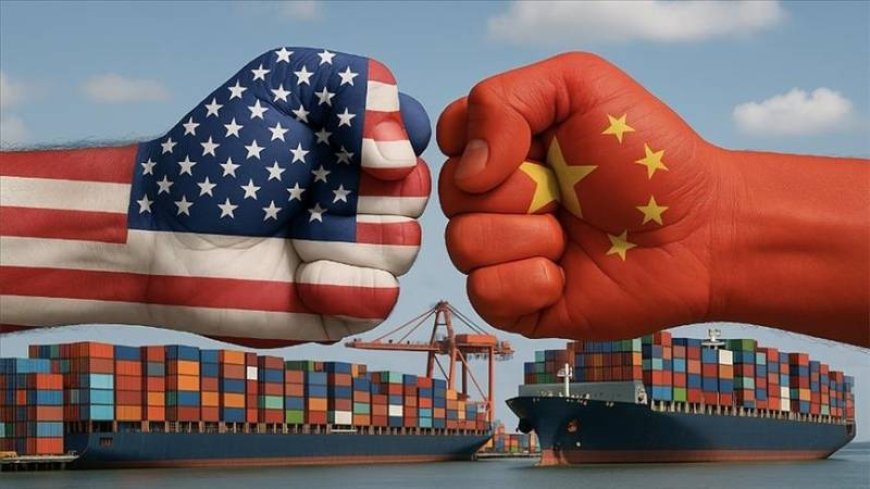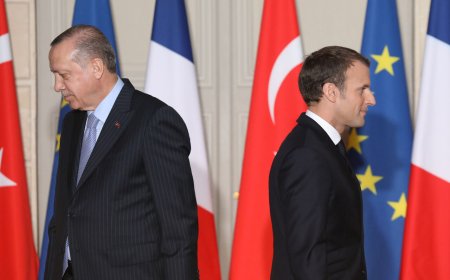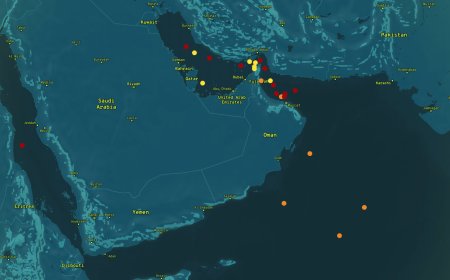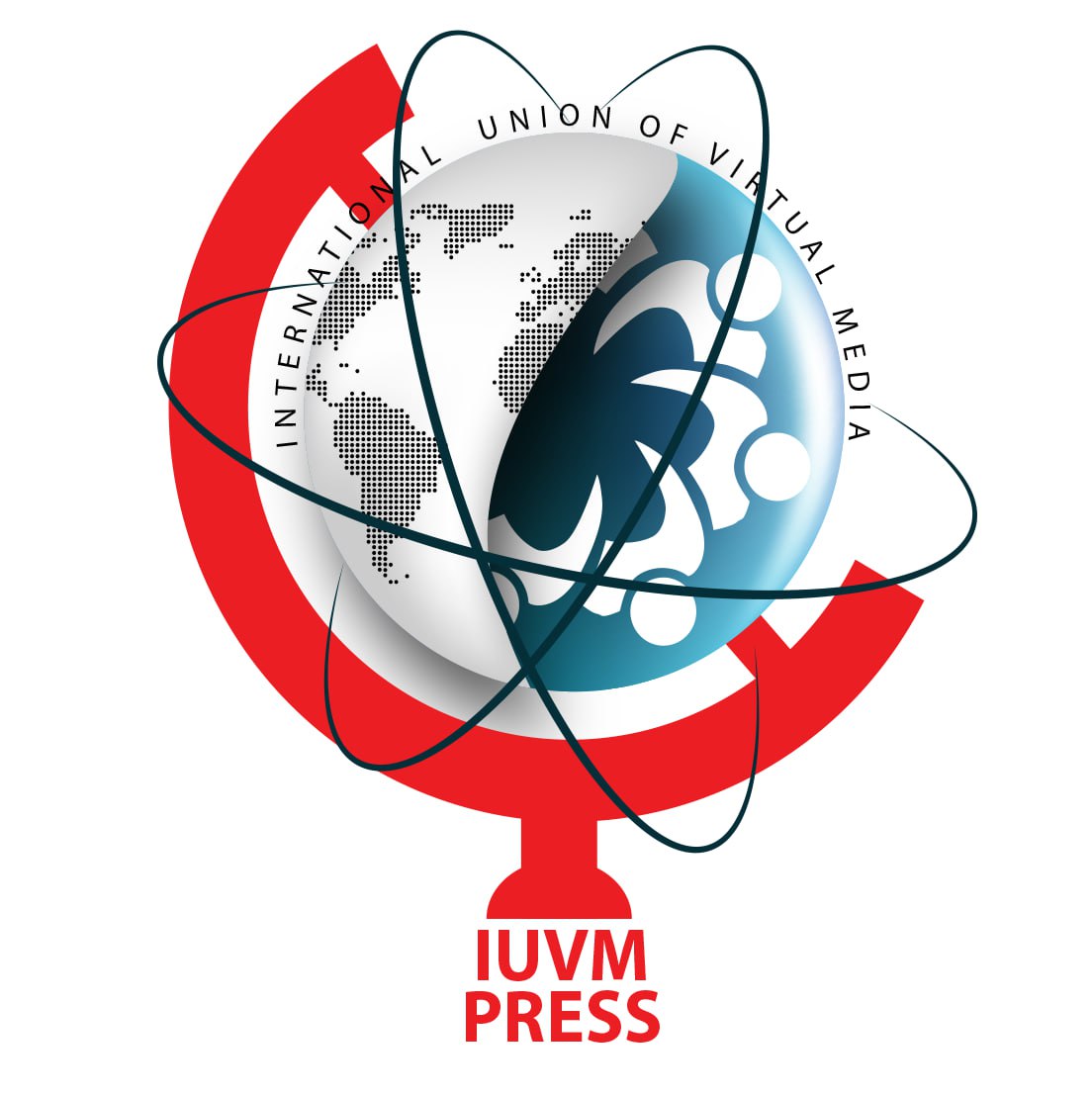Saudi Arabia’s Mounting Vulnerabilities Amid the U.S.–China Trade War A Kingdom on the Brink of Economic Disarray
Since the unveiling of Vision 2030 in 2016, Saudi Arabia has launched an ambitious campaign to diversify its economy and reduce its reliance on fossil fuels. Central to this reform strategy is attracting significant foreign investment in sectors such as tourism, advanced technology, renewable energy, and heavy industry. Yet the global instability unleashed by the U.S.–China trade conflict has created an environment of heightened risk aversion among international investors.

Saudi Arabia’s Mounting Vulnerabilities Amid the U.S.–China Trade War A Kingdom on the Brink of Economic Disarray
In recent years, global geopolitics has entered an era of rapid and unpredictable transformation. Among the most disruptive developments is the escalating trade war between the world’s two leading economic powers: the United States and the People's Republic of China. While this confrontation has generated significant global concern, it poses particularly serious risks for countries whose economies are deeply tied to international trade. Chief among them is the Kingdom of Saudi Arabia, which is increasingly alarmed by the potential ramifications of this trade war for its oil exports and broader economic future.
China, now the world’s largest importer of crude oil, has become a critical market for Saudi Arabia—the latter being one of the globe’s leading oil exporters. According to data from Saudi Aramco, an estimated 25–30 percent of the kingdom’s oil exports are destined for China. This dependence renders Riyadh highly vulnerable to any downturn in Chinese economic growth. Should the trade war lead to a slowdown in China’s export-driven economy, its energy demand would inevitably decline. The direct consequence would be lower oil prices, which would, in turn, erode Saudi Arabia’s foreign currency revenues. Given that the kingdom’s annual budget remains heavily dependent on oil income, any decline in revenue could result in budget deficits and delays in vital development projects.
Vision 2030 at Risk: Foreign Investment Amid Geopolitical Uncertainty
Since the unveiling of Vision 2030 in 2016, Saudi Arabia has launched an ambitious campaign to diversify its economy and reduce its reliance on fossil fuels. Central to this reform strategy is attracting significant foreign investment in sectors such as tourism, advanced technology, renewable energy, and heavy industry. Yet the global instability unleashed by the U.S.–China trade conflict has created an environment of heightened risk aversion among international investors.
In such a climate of geopolitical volatility and economic unpredictability, investor confidence weakens—especially when potential markets are politically exposed and strategically contested. Saudi Arabia finds itself caught in exactly such a bind. The uncertainty surrounding global trade, currency fluctuations, and the looming specter of U.S. secondary sanctions—all exacerbated by China’s economic vulnerability—pose serious threats to future investments in the kingdom. The massive NEOM megaproject, a linchpin of Vision 2030, is particularly susceptible to these headwinds. As a futuristic smart city requiring cutting-edge technology and global partnerships, NEOM’s progress could be significantly undermined by reduced investor enthusiasm and strategic hesitancy.
Strained Ties with Chinese Partners and Technological Dilemmas
Chinese companies have played a pivotal role in Saudi Arabia’s infrastructure and technology projects in recent years. However, the intensifying geopolitical rift between the U.S. and China now threatens to curtail these partnerships. Increasing pressure from Washington, coupled with the possibility that Chinese firms may face restricted access to key technologies, could lead Chinese companies to limit their involvement in the kingdom’s development agenda.
Moreover, Western investors—already cautious due to the volatile geopolitical landscape—may begin to reevaluate their engagement with Saudi Arabia, especially as it becomes a nexus of strategic friction between two global giants. The potential for Saudi Arabia to become a battleground for conflicting great-power interests introduces yet another layer of risk that many multinational corporations may be unwilling to navigate.
The Technological Crossroads: Huawei, Smart Cities, and Washington’s Ultimatum
Vision 2030, widely regarded as one of the most ambitious economic reform agendas in the Arab world, aspires to modernize Saudi Arabia’s economic and social structures while expanding its international partnerships. Central to this vision is technological cooperation with China—a strategic partner and vital supplier of advanced technologies.
In recent years, collaboration between Saudi Arabia and China has deepened in areas such as artificial intelligence, smart cities, telecommunications, and digital infrastructure. Yet, the growing rift between Washington and Beijing—especially over sensitive technologies—has placed Saudi Arabia in a precarious position. The United States has urged its allies to curtail or sever ties with Chinese firms like Huawei, citing national security concerns. Saudi Arabia, however, relies on these very technologies to implement its futuristic initiatives. Should the trade war evolve into a full-scale technological confrontation, Riyadh may be forced into a high-stakes choice between its two strategic partners—an outcome fraught with profound economic and political consequences.
Conclusion: Strategic Hedging or Geopolitical Paralysis?
Faced with mounting pressure, Saudi officials have attempted to pursue a balancing act—maintaining their strategic alliance with the United States while expanding economic and technological cooperation with China and even Russia. Joint economic summits, entry into the Shanghai Cooperation Organization, and multiple memoranda of understanding with Asian corporations exemplify this hedging strategy.
Nonetheless, analysts warn that this approach may prove unsustainable in the long term, especially if U.S.–China competition spills into more explicitly geopolitical domains. The continuation and escalation of the trade war have already destabilized global commerce, but their ripple effects will also jeopardize economies heavily reliant on oil exports and foreign capital. For Saudi Arabia—a rentier state in transition—these vulnerabilities are more pronounced than ever. Ongoing tensions between Washington and Beijing could simultaneously imperil current oil revenues and undermine the future of transformative projects like Vision 2030.
Ultimately, Saudi Arabia faces a historic dilemma. Choosing between rival global powers—or attempting to remain equidistant from both—is no longer a theoretical debate. It is a strategic imperative with existential stakes. The kingdom’s decisions in the coming years will reshape not only its domestic economy but also its role in an increasingly polarized global order.
Saudi Arabia’s Mounting Vulnerabilities Amid the U.S.–China Trade War A Kingdom on the Brink of Economic Disarray
By: M. S. Qorbani
In recent years, global geopolitics has entered an era of rapid and unpredictable transformation. Among the most disruptive developments is the escalating trade war between the world’s two leading economic powers: the United States and the People's Republic of China. While this confrontation has generated significant global concern, it poses particularly serious risks for countries whose economies are deeply tied to international trade. Chief among them is the Kingdom of Saudi Arabia, which is increasingly alarmed by the potential ramifications of this trade war for its oil exports and broader economic future.
China, now the world’s largest importer of crude oil, has become a critical market for Saudi Arabia—the latter being one of the globe’s leading oil exporters. According to data from Saudi Aramco, an estimated 25–30 percent of the kingdom’s oil exports are destined for China. This dependence renders Riyadh highly vulnerable to any downturn in Chinese economic growth. Should the trade war lead to a slowdown in China’s export-driven economy, its energy demand would inevitably decline. The direct consequence would be lower oil prices, which would, in turn, erode Saudi Arabia’s foreign currency revenues. Given that the kingdom’s annual budget remains heavily dependent on oil income, any decline in revenue could result in budget deficits and delays in vital development projects.
Vision 2030 at Risk: Foreign Investment Amid Geopolitical Uncertainty
Since the unveiling of Vision 2030 in 2016, Saudi Arabia has launched an ambitious campaign to diversify its economy and reduce its reliance on fossil fuels. Central to this reform strategy is attracting significant foreign investment in sectors such as tourism, advanced technology, renewable energy, and heavy industry. Yet the global instability unleashed by the U.S.–China trade conflict has created an environment of heightened risk aversion among international investors.
In such a climate of geopolitical volatility and economic unpredictability, investor confidence weakens—especially when potential markets are politically exposed and strategically contested. Saudi Arabia finds itself caught in exactly such a bind. The uncertainty surrounding global trade, currency fluctuations, and the looming specter of U.S. secondary sanctions—all exacerbated by China’s economic vulnerability—pose serious threats to future investments in the kingdom. The massive NEOM megaproject, a linchpin of Vision 2030, is particularly susceptible to these headwinds. As a futuristic smart city requiring cutting-edge technology and global partnerships, NEOM’s progress could be significantly undermined by reduced investor enthusiasm and strategic hesitancy.
Strained Ties with Chinese Partners and Technological Dilemmas
Chinese companies have played a pivotal role in Saudi Arabia’s infrastructure and technology projects in recent years. However, the intensifying geopolitical rift between the U.S. and China now threatens to curtail these partnerships. Increasing pressure from Washington, coupled with the possibility that Chinese firms may face restricted access to key technologies, could lead Chinese companies to limit their involvement in the kingdom’s development agenda.
Moreover, Western investors—already cautious due to the volatile geopolitical landscape—may begin to reevaluate their engagement with Saudi Arabia, especially as it becomes a nexus of strategic friction between two global giants. The potential for Saudi Arabia to become a battleground for conflicting great-power interests introduces yet another layer of risk that many multinational corporations may be unwilling to navigate.
The Technological Crossroads: Huawei, Smart Cities, and Washington’s Ultimatum
Vision 2030, widely regarded as one of the most ambitious economic reform agendas in the Arab world, aspires to modernize Saudi Arabia’s economic and social structures while expanding its international partnerships. Central to this vision is technological cooperation with China—a strategic partner and vital supplier of advanced technologies.
In recent years, collaboration between Saudi Arabia and China has deepened in areas such as artificial intelligence, smart cities, telecommunications, and digital infrastructure. Yet, the growing rift between Washington and Beijing—especially over sensitive technologies—has placed Saudi Arabia in a precarious position. The United States has urged its allies to curtail or sever ties with Chinese firms like Huawei, citing national security concerns. Saudi Arabia, however, relies on these very technologies to implement its futuristic initiatives. Should the trade war evolve into a full-scale technological confrontation, Riyadh may be forced into a high-stakes choice between its two strategic partners—an outcome fraught with profound economic and political consequences.
Conclusion: Strategic Hedging or Geopolitical Paralysis?
Faced with mounting pressure, Saudi officials have attempted to pursue a balancing act—maintaining their strategic alliance with the United States while expanding economic and technological cooperation with China and even Russia. Joint economic summits, entry into the Shanghai Cooperation Organization, and multiple memoranda of understanding with Asian corporations exemplify this hedging strategy.
Nonetheless, analysts warn that this approach may prove unsustainable in the long term, especially if U.S.–China competition spills into more explicitly geopolitical domains. The continuation and escalation of the trade war have already destabilized global commerce, but their ripple effects will also jeopardize economies heavily reliant on oil exports and foreign capital. For Saudi Arabia—a rentier state in transition—these vulnerabilities are more pronounced than ever. Ongoing tensions between Washington and Beijing could simultaneously imperil current oil revenues and undermine the future of transformative projects like Vision 2030.
Ultimately, Saudi Arabia faces a historic dilemma. Choosing between rival global powers—or attempting to remain equidistant from both—is no longer a theoretical debate. It is a strategic imperative with existential stakes. The kingdom’s decisions in the coming years will reshape not only its domestic economy but also its role in an increasingly polarized global order.
By: M. S. Qorbani













































